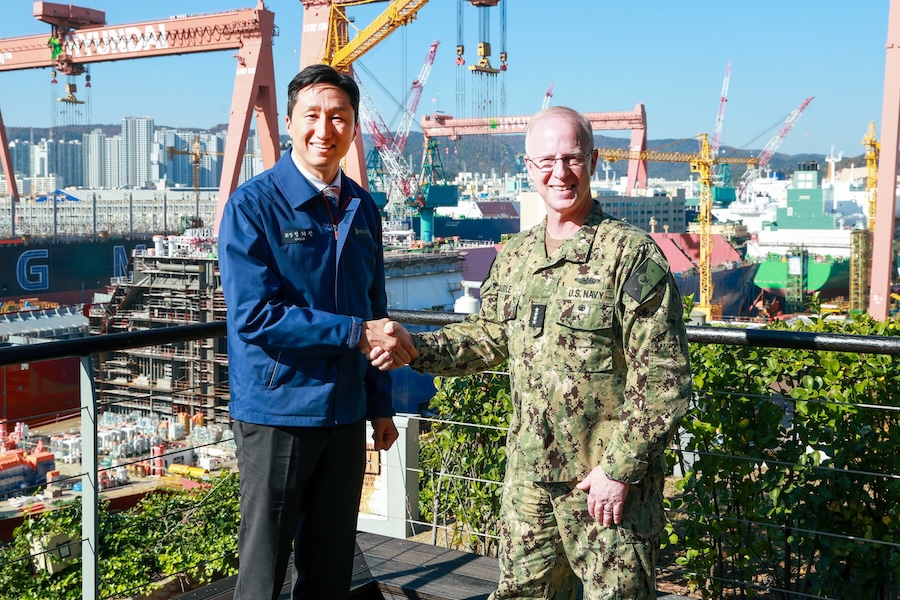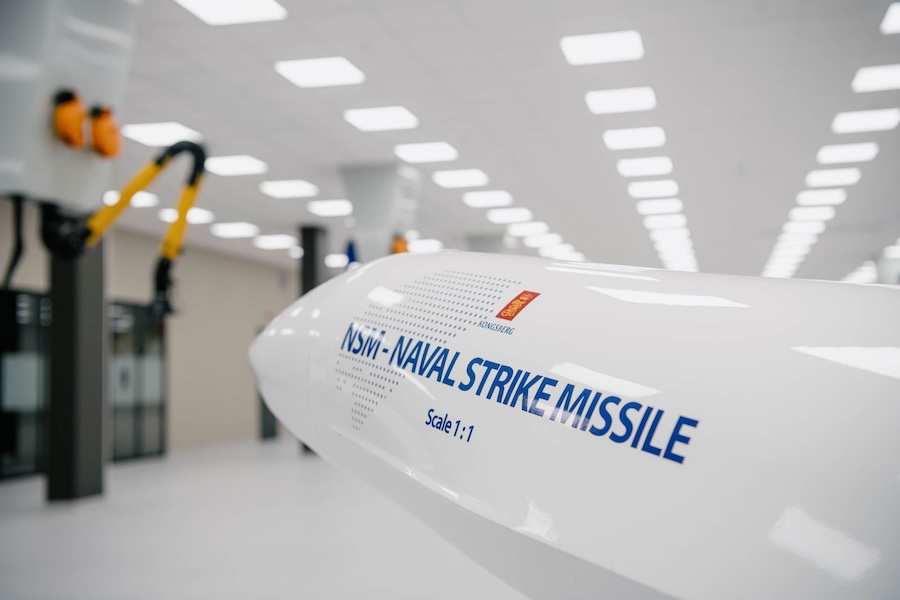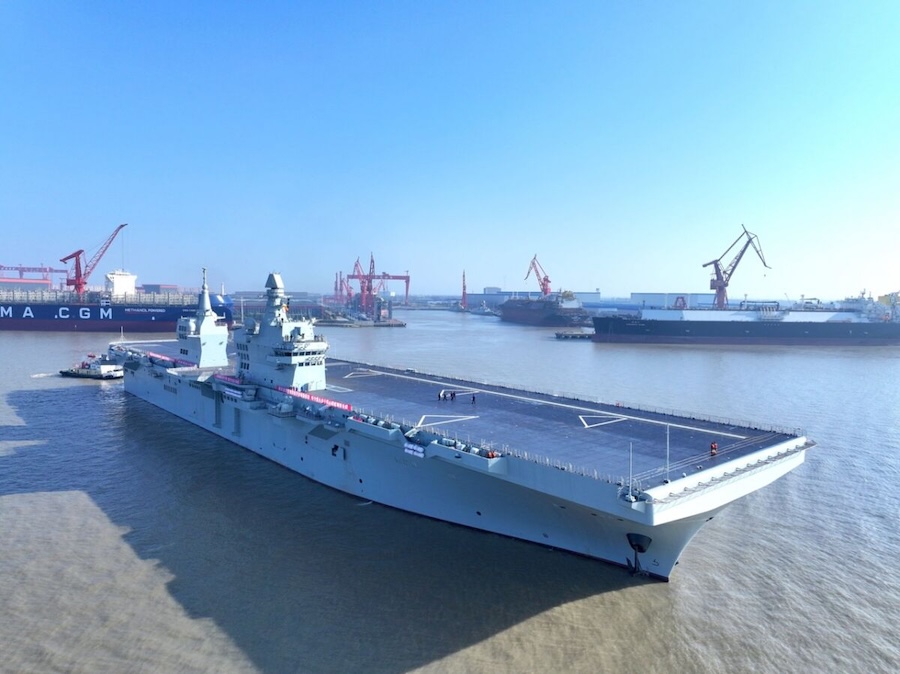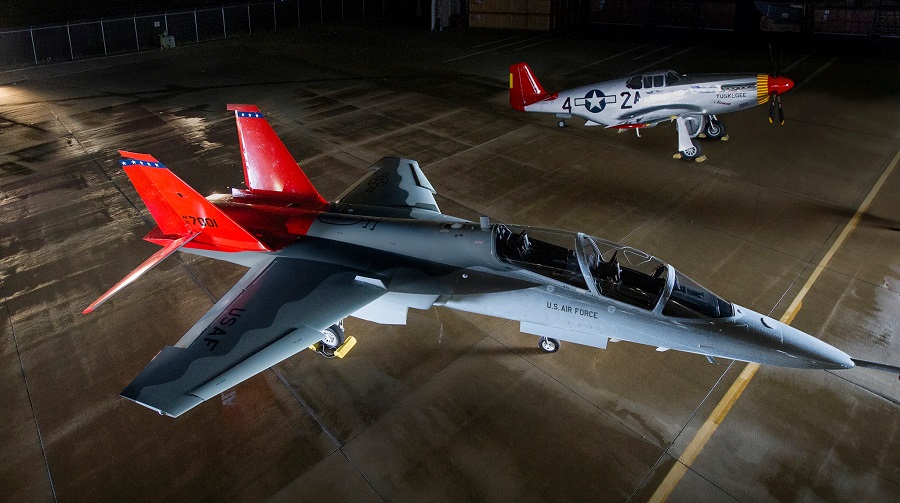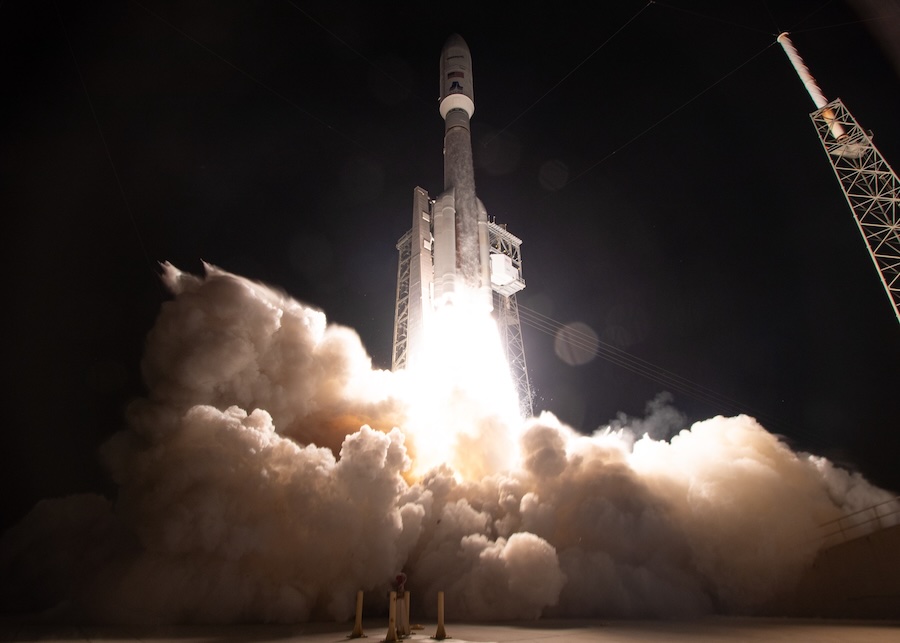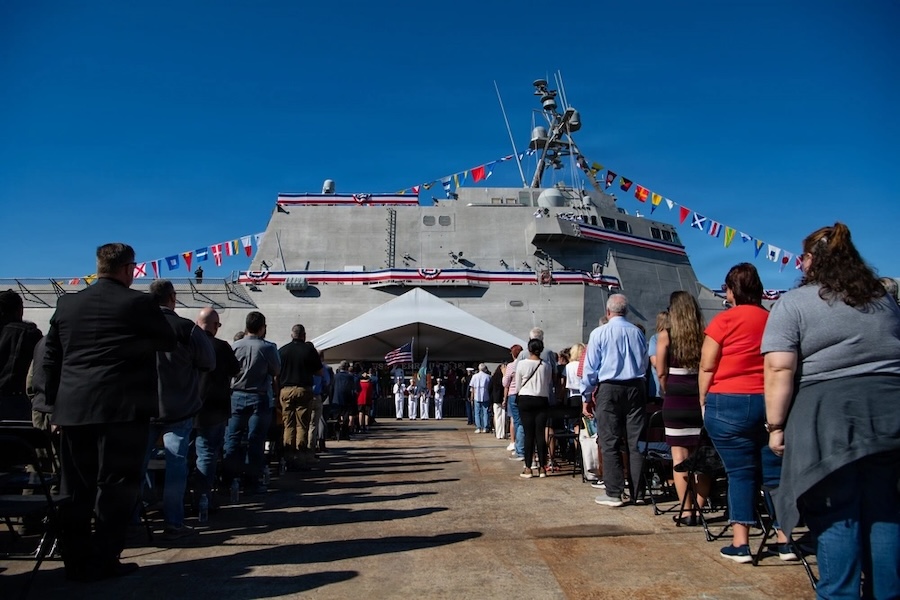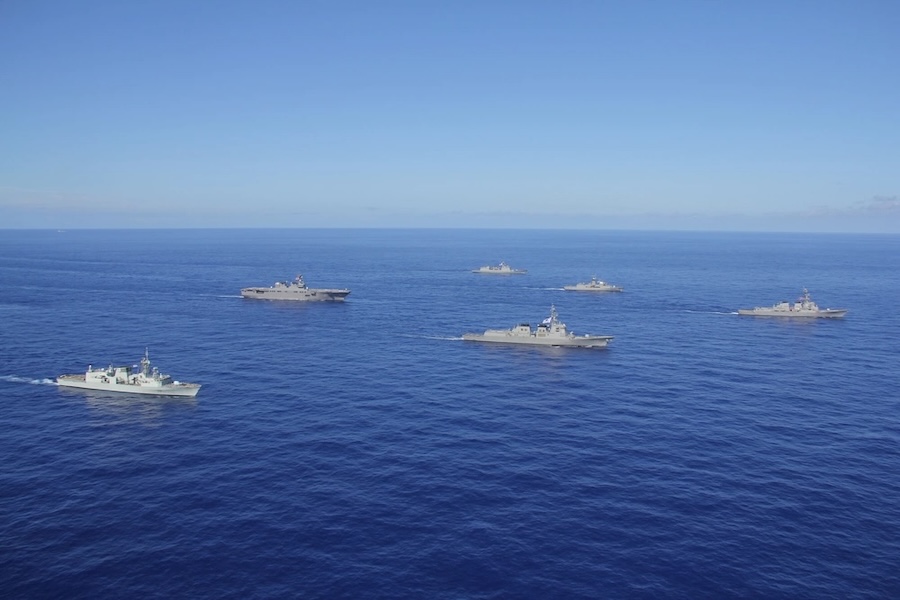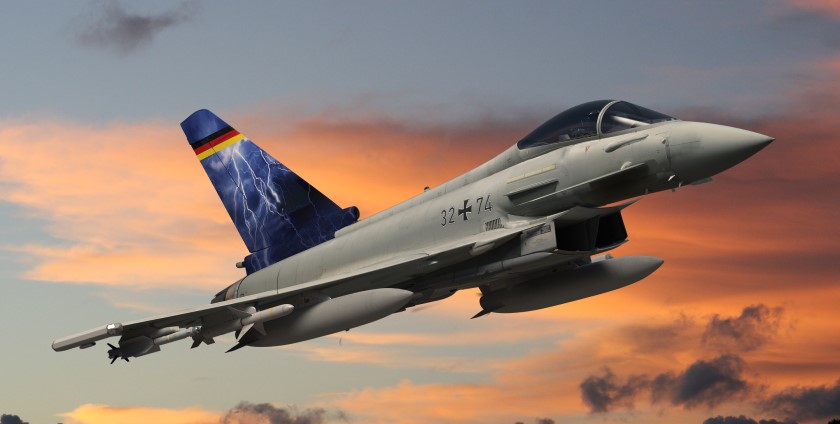During the company’s second-quarter earnings call, Chair and Chief Executive Kathy Warden said Northrop Grumman is prepared to support the U.S. administration’s objective to achieve an initial operational capability for the homeland missile shield within the next few years. Golden Dome, an initiative inspired in part by Israel’s Iron Dome system, aims to provide layered defence against a range of missile and aerial threats to the continental United States.
“With products such as IBCS and GPI, we’re positioned as a key capability provider for missile defence to customers around the globe,” Warden said. “As we look to Golden Dome for America, we see Northrop Grumman playing a crucial role in supporting the administration’s goal to move with speed.” She noted that the company is already working across the full architecture of the program, combining current operational systems with ongoing research and innovation, including space-based interceptors now in testing.
Among the company’s contributions to Golden Dome are the Integrated Battle Command System, or IBCS, which allows disparate sensors and interceptors to function within a single command-and-control network. The system has been fielded by the U.S. Army and is part of several international programs. Northrop Grumman also highlighted the Ground/Air Task-Oriented Radar, or G/ATOR, a multi-mission radar capable of tracking drones, cruise missiles, and other threats, as well as the MQ-4C Triton surveillance drone, which provides wide-area persistent intelligence, surveillance, and reconnaissance. In addition, the company cited programs within its classified portfolio as potentially relevant, though details were not disclosed.
Warden emphasized that the company’s role in missile defence is not limited to hardware. Northrop Grumman has deep experience as a systems integrator, bringing together sensors, interceptors, communications, and software into coordinated defence solutions. She also referenced ongoing development of space-based interceptors, which are expected to be a critical layer in future missile defence frameworks, particularly in countering hypersonic and mid-course threats.
The Golden Dome program comes at a time of heightened global interest in missile defence systems. Northrop Grumman reported an 18% year-over-year increase in international sales for the second quarter of 2025, driven by strong demand in Europe and the Middle East. Warden noted multibillion-dollar opportunities abroad, particularly in integrated air and missile defence, munitions, radars, and airborne early warning platforms. She said the company is benefiting from increasing defence budgets among NATO allies and partners, as nations seek to modernize their air defence capabilities in response to evolving threats.
Northrop Grumman’s international strategy has included establishing industrial partnerships to support local production and capability development. In recent quarters, the company signed agreements with partners in the United Kingdom, South Korea, and Lithuania to facilitate co-production and technology transfer. These partnerships are expected to help Northrop Grumman maintain a foothold in markets that are increasingly focused on indigenous defence manufacturing.
To support anticipated demand growth in both domestic and international markets, Northrop Grumman has invested heavily in missile defence-related infrastructure. Over the past six years, the company has committed $1 billion to expand its solid rocket motor production capabilities. Facilities in West Virginia and Maryland have been upgraded to support small, medium, and hypersonic rocket motors, which are used in a range of interceptor and tactical missile programs. As a result, the company expects to nearly double its annual production capacity for solid rocket motors from 13,000 units in 2024 to 25,000 by 2029. This expansion is seen as a foundational element for future growth in both strategic and tactical weapons segments.
Warden also pointed to recent contract awards, such as a U.S. Navy selection of Northrop Grumman to provide the second-stage solid rocket motor for extended-range missile programs. She noted the company developed and demonstrated the new motor in under one year, underscoring its ability to deliver advanced capabilities on an accelerated timeline.
Golden Dome is part of a broader shift in U.S. defence policy toward faster procurement cycles and reduced barriers between government and industry. Warden credited recent legislative developments, including the fiscal year 2026 budget request and reconciliation bill, for creating a more favorable funding and acquisition environment. The combined legislation reflects a 22% increase in procurement and research, development, test, and evaluation spending over the prior fiscal year. Warden said this shift is already yielding tangible results in programs such as Sentinel and B-21, and she expects similar benefits for new missile defence efforts.
While specific contracts under the Golden Dome program have not yet been awarded, Northrop Grumman’s public statements suggest the company is already engaged in early-stage planning and technology demonstrations in cooperation with U.S. government stakeholders. Analysts say the company’s portfolio and integration expertise position it as a likely frontrunner for key roles in the program.
Looking ahead, Warden said she expects the company’s space segment to benefit significantly from the Golden Dome initiative, especially as space-based sensors and interceptors are integrated into future defence architectures. She described Golden Dome as a “significant driver of increased budget” for the company’s space division, even as the firm navigates other headwinds in civil space markets.
The company’s expansion into missile defence comes amid strong overall financial performance. Northrop Grumman reported $10.4 billion in second-quarter sales, an increase of 9% over the first quarter, with gains in all four business segments. Segment operating margin was 11.8%, and earnings per share rose 28% year-over-year.













